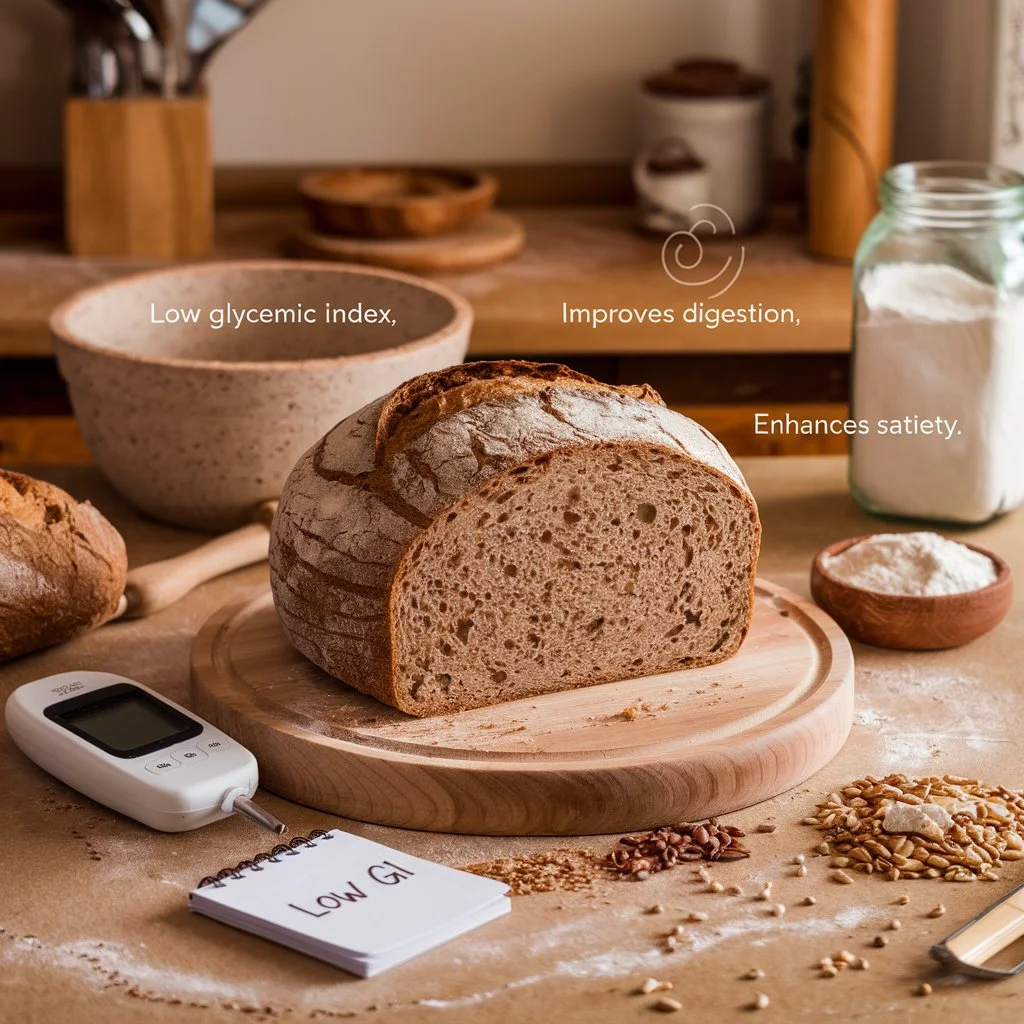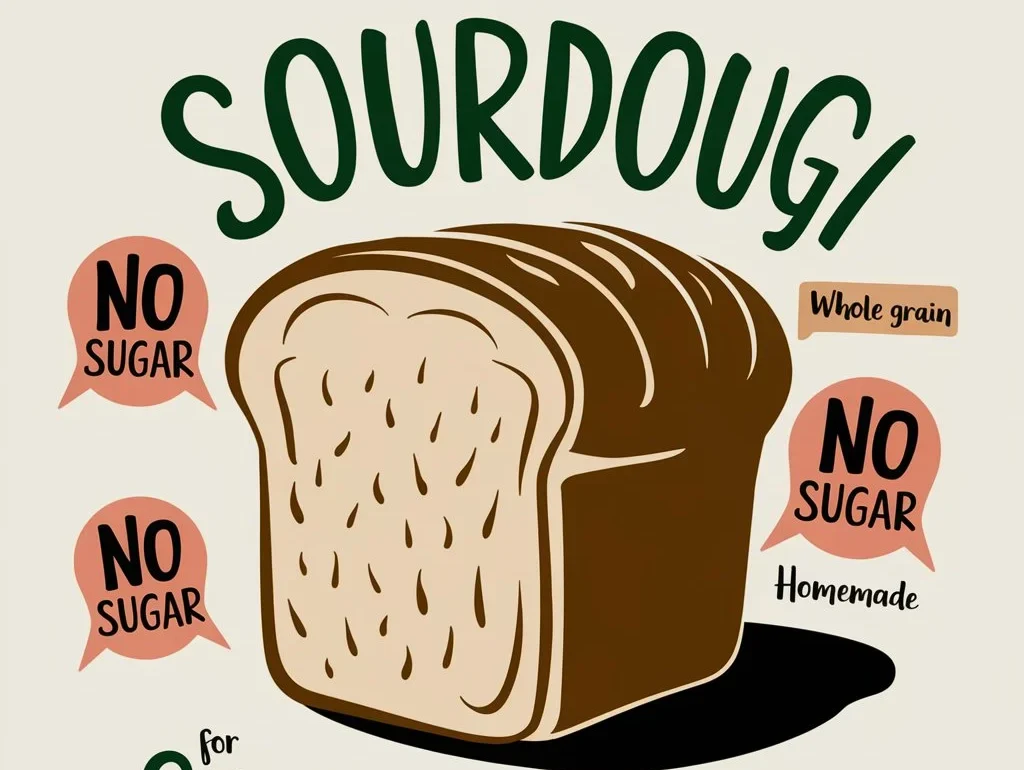Sourdough bread has gained popularity not only for its unique flavor but also for its perceived health benefits. One common question among health-conscious individuals is: where does sourdough bread fall on the glycemic index (GI)? Understanding the glycemic index of sourdough bread can help you make informed dietary choices, particularly if you are managing blood sugar levels or looking to maintain a balanced diet. In this article, we will explore the glycemic index of sourdough bread, how it compares to other types of bread, and why it’s considered a healthier option.
What Is the Glycemic Index (GI)?
The glycemic index is a scale that ranks carbohydrate-containing foods based on how quickly they raise blood sugar levels. The scale ranges from 0 to 100:
- Low GI: 55 or less — Causes a slow and steady rise in blood sugar.
- Medium GI: 56-69 — Results in a moderate blood sugar spike.
- High GI: 70 or above — Leads to a rapid increase in blood sugar levels.
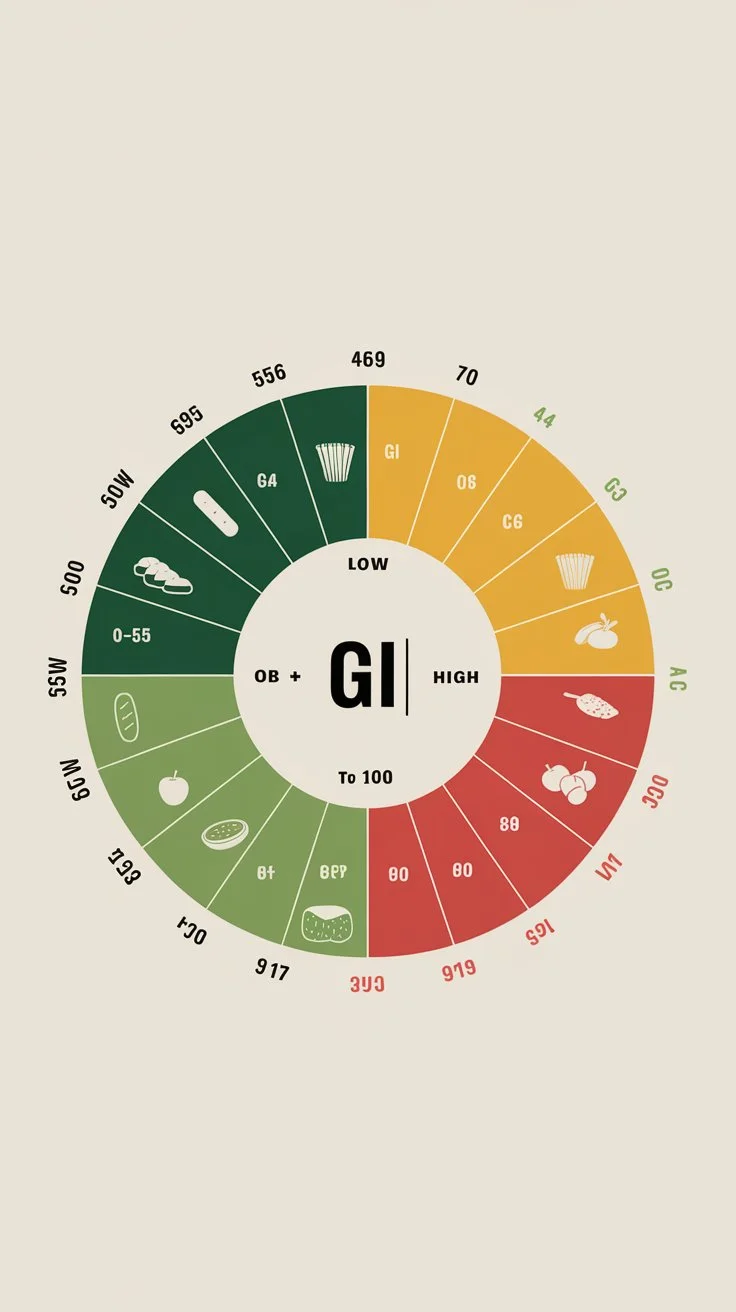
Foods with a lower GI are often considered better for managing blood sugar, improving satiety, and supporting long-term health. This system is particularly useful for individuals who need to monitor their carbohydrate intake closely, such as people with diabetes or those aiming to maintain stable energy levels throughout the day. Moreover, it is a tool that can guide better food choices for overall well-being. Additionally, the GI provides valuable insights for individuals looking to maintain consistent energy throughout their day.
Where Is Sourdough Bread on the Glycemic Index?
Sourdough bread typically falls in the low to medium range on the glycemic index, with a GI value between 48 and 54, depending on the ingredients and preparation method. This makes it a better option compared to many commercially produced breads that often have a GI of 70 or higher.
Why Is Sourdough Bread Low on the Glycemic Index?
The low GI value of sourdough bread can be attributed to its unique fermentation process:
- Natural Fermentation: The use of wild yeast and lactic acid bacteria in sourdough starter slows down carbohydrate digestion, leading to a gradual release of glucose into the bloodstream.
- Acidity: Lactic acid produced during fermentation lowers the bread’s pH, which reduces the glycemic response.
- Fiber Content: Whole-grain sourdough breads have higher fiber content, further reducing their GI.
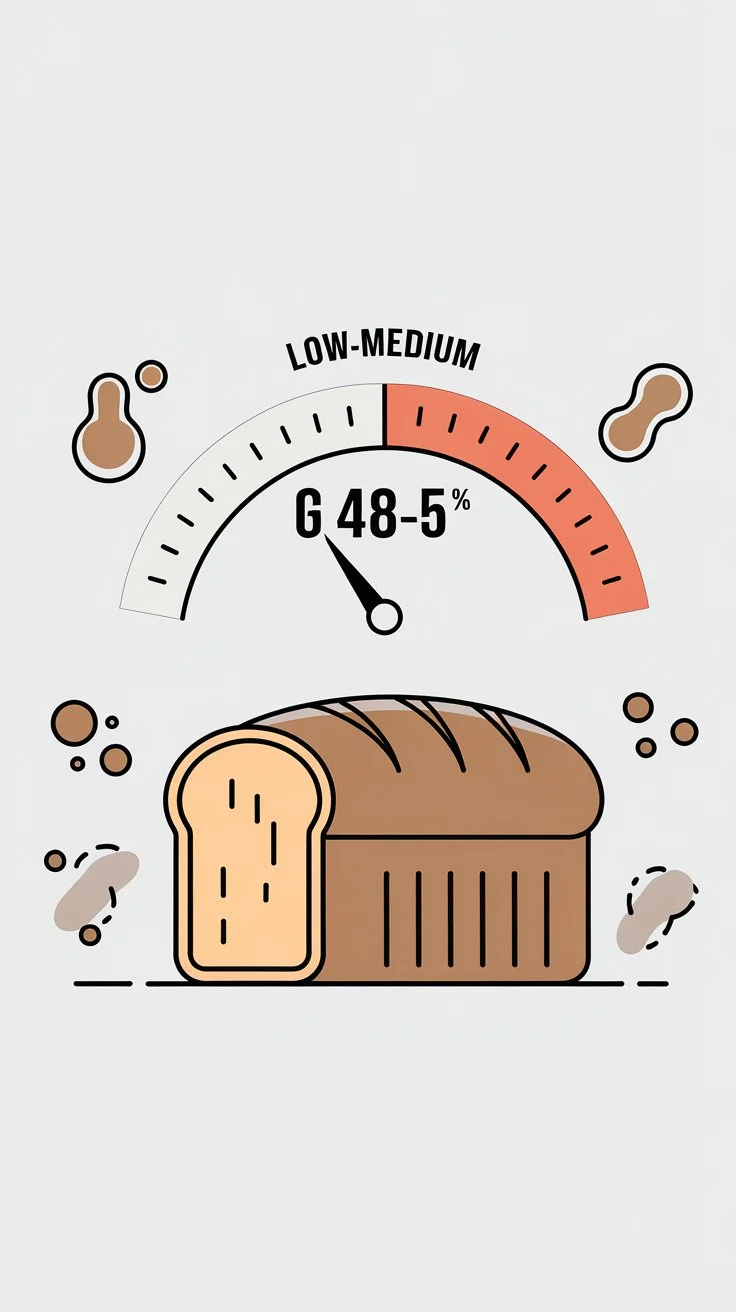
Moreover, the interplay of these factors ensures that sourdough bread digests more slowly than other types, promoting a steady release of energy rather than a sharp spike in blood sugar levels. Consequently, it’s a smart choice for those aiming for consistent energy throughout their day.
Comparing Sourdough Bread to Other Types of Bread
To better understand sourdough bread’s glycemic index, let’s compare it to other common types of bread:
| Type of Bread | Glycemic Index (GI) |
|---|---|
| Sourdough Bread | 48-54 |
| White Bread | 70-75 |
| Whole Wheat Bread | 65-70 |
| Rye Bread | 55-65 |
| Multigrain Bread | 53-70 |
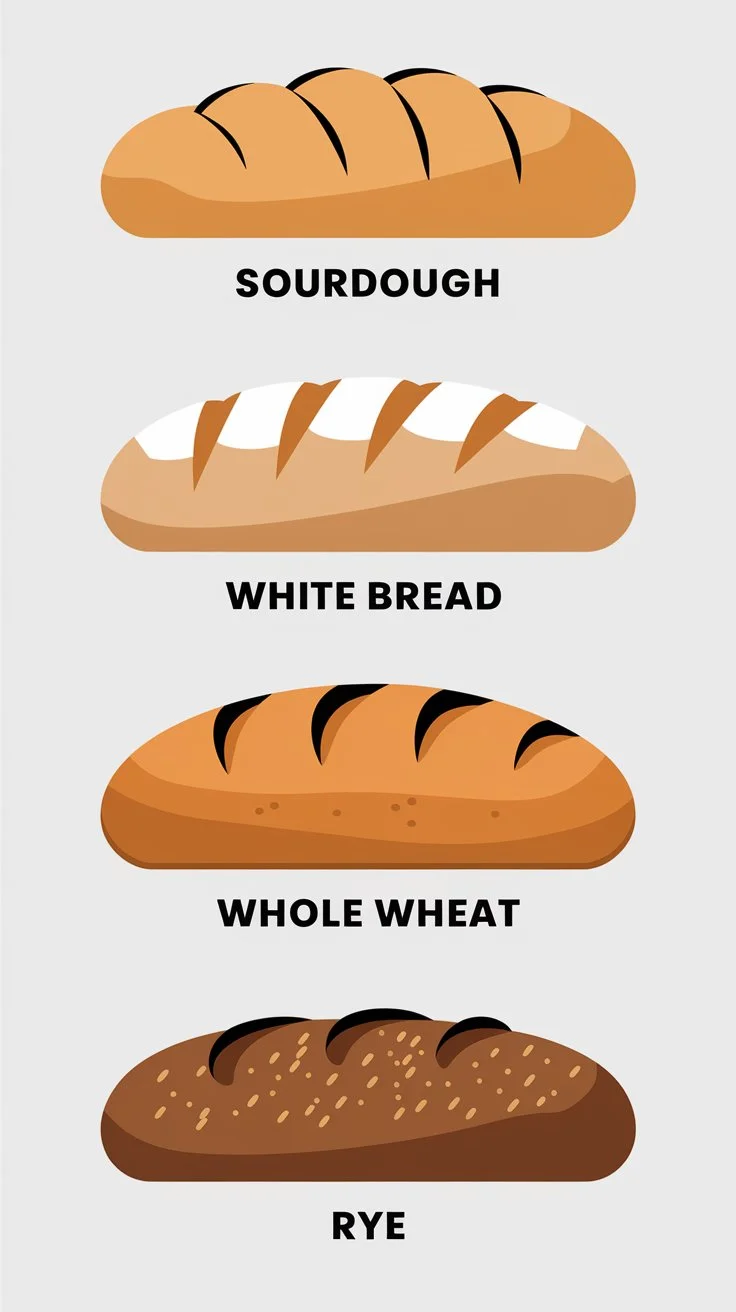
As you can see, sourdough bread generally has a lower GI than white and whole wheat bread, making it a preferred choice for those looking to stabilize blood sugar levels. Furthermore, by opting for sourdough, you’re not only enjoying its distinct tangy flavor but also making a healthier choice for your diet. Additionally, these comparisons underscore the importance of preparation methods and ingredients in determining GI values.
Factors That Influence the Glycemic Index of Sourdough Bread
While sourdough bread has a low GI, several factors can influence its exact value:
- Type of Flour:
- Whole-grain flours lower the GI due to their higher fiber content.
- Refined flours increase the GI as they lack fiber and nutrients.
- Fermentation Time:
- Longer fermentation breaks down more starches, leading to a lower GI.
- Additional Ingredients:
- Adding seeds, nuts, or high-fiber ingredients can further reduce the GI.
- Serving Size:
- Overeating even low-GI foods can still cause blood sugar spikes. Stick to a moderate portion size.
- Baking Method:
- The crust and crumb texture can also impact the GI. A denser crumb often results in a lower glycemic response.
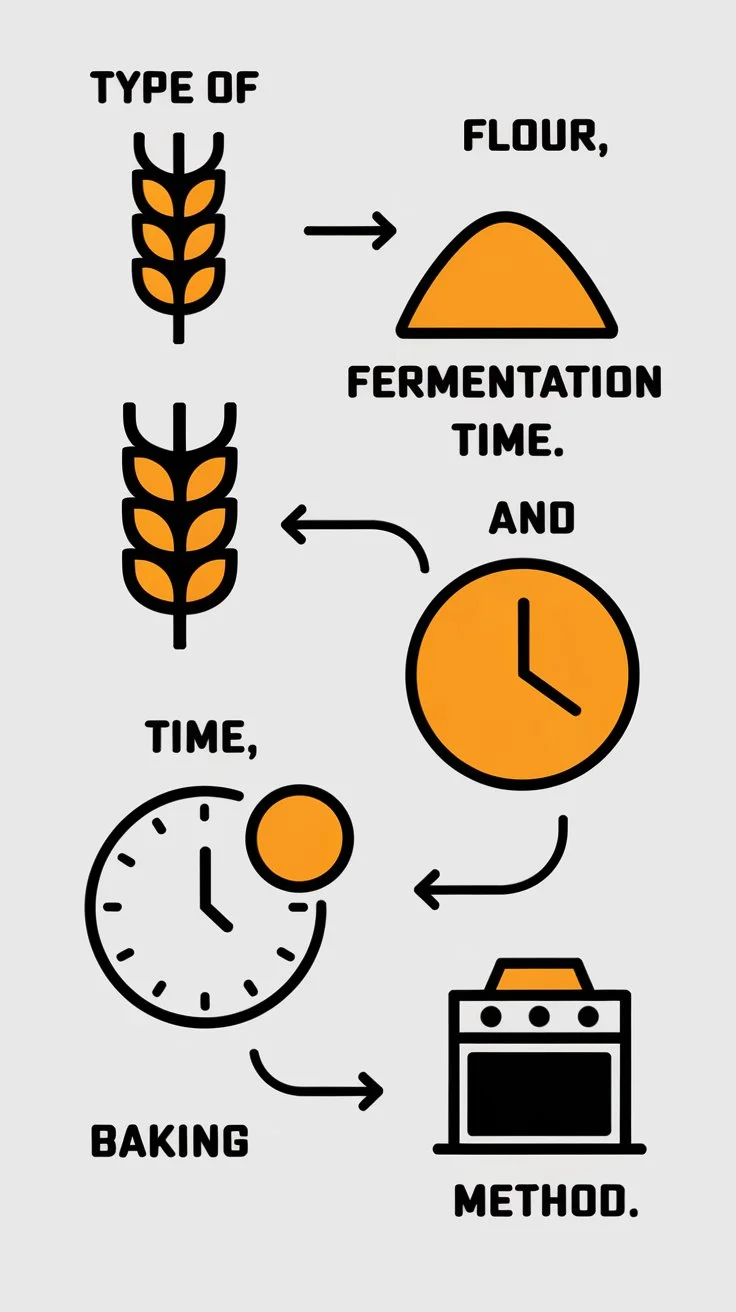
By considering these factors, you can make more informed decisions about the type of sourdough bread to include in your diet. Moreover, these details highlight the versatility of sourdough bread in adapting to various dietary needs.
Health Benefits of Low-Glycemic index Sourdough Bread
Sourdough bread’s low glycemic index offers several health benefits:
1. Better Blood Sugar Control
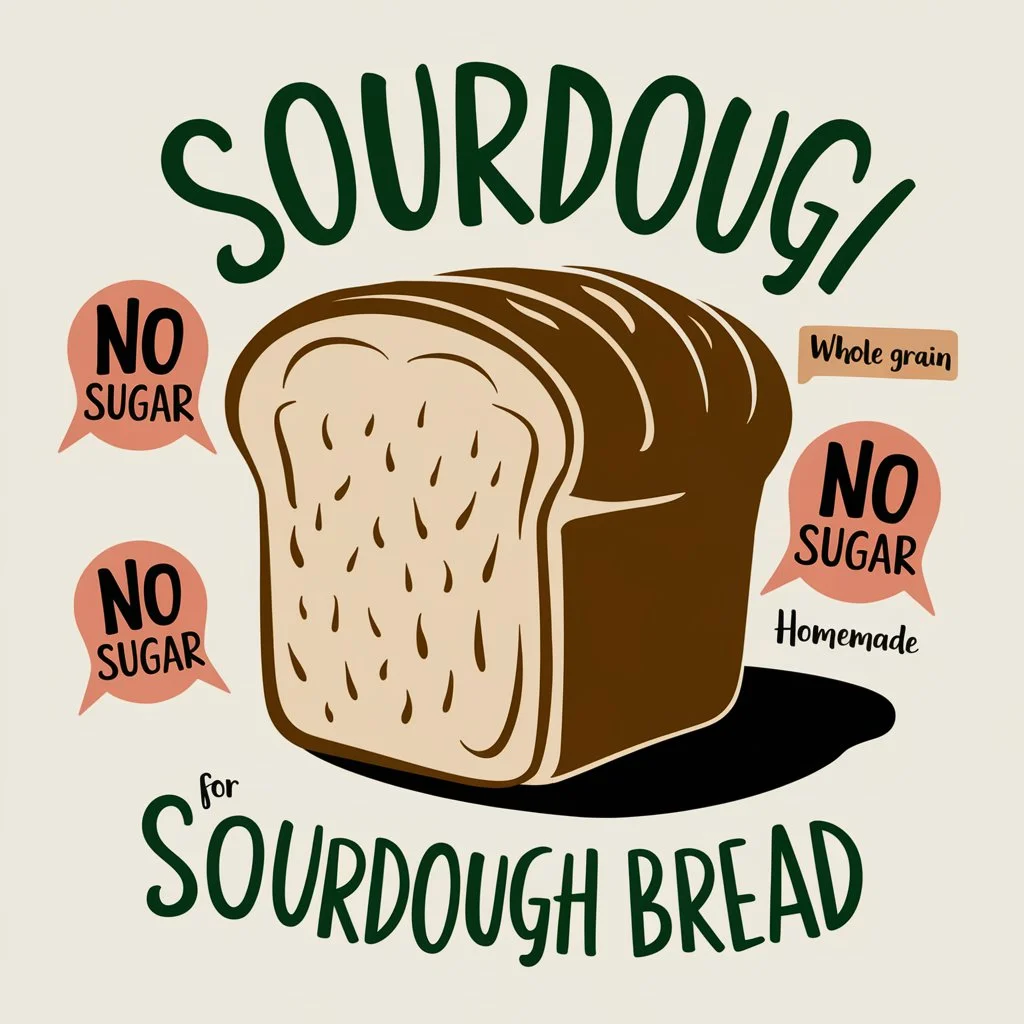
The slow digestion of carbohydrates prevents sharp blood sugar spikes, making sourdough bread suitable for people with diabetes or those at risk of developing the condition. Consequently, it serves as a reliable option for those seeking consistent energy throughout the day.
2. Improved Digestion
The fermentation process breaks down gluten and phytic acid, making nutrients more bioavailable and easier to digest. This is particularly beneficial for people with mild gluten sensitivities or digestive issues. Moreover, this process enhances the bread’s overall nutritional profile.
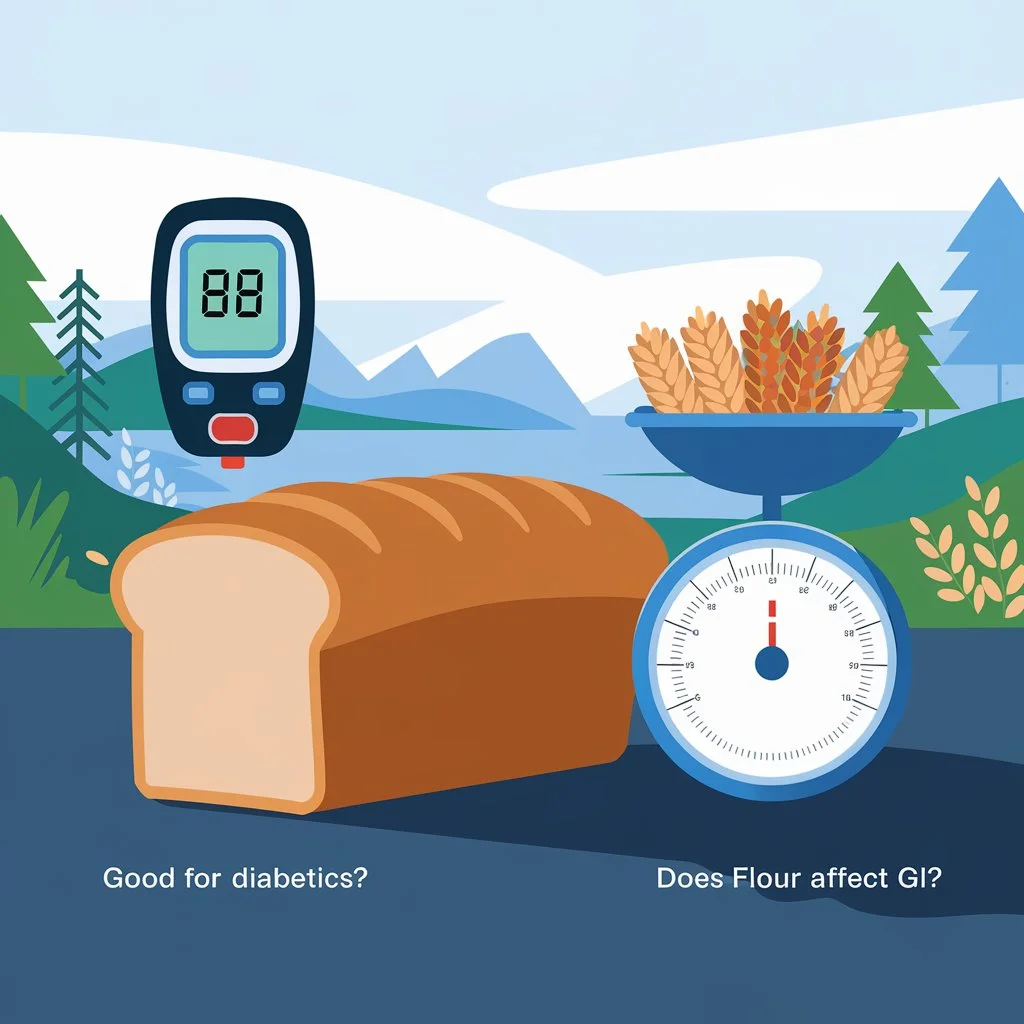
3. Enhanced Satiety
Low-GI foods like sourdough bread help you feel full longer, reducing hunger and supporting weight management. This can be especially helpful for those aiming to maintain a calorie-controlled diet.
4. Rich in Nutrients
Whole-grain sourdough is packed with essential vitamins and minerals such as B vitamins, iron, and magnesium, contributing to overall health and well-being. Notably, these nutrients play a key role in energy production and immune function.
5. Gut Health Support
The lactic acid bacteria in sourdough starter may promote gut health by contributing to a balanced microbiome. This benefit underscores the connection between diet and digestive wellness. Furthermore, the bacteria provide a natural boost to your body’s ability to absorb key nutrients.
Tips for Choosing Low-GI Sourdough Bread
If you want to enjoy the health benefits of sourdough bread, follow these tips:
- Opt for Whole-Grain Variants: Look for sourdough bread made with whole-grain flour for added fiber and nutrients.
- Check the Ingredients: Avoid sourdough breads with added sugars or artificial ingredients.
- Bake at Home: Homemade sourdough allows you to control the fermentation process and choose high-quality ingredients.
- Pair with Healthy Foods: Combine sourdough bread with protein or healthy fats to further stabilize blood sugar levels.
- Experiment with Recipes: Try adding chia seeds, flaxseeds, or oats to your sourdough recipe to enhance its nutritional profile.
By following these tips, you can maximize the health benefits of sourdough bread while enjoying its delicious flavor. Additionally, making informed choices ensures you’re aligning your diet with your health goals.
Incorporating Low- Glycemic Index Sourdough Bread Into Your Diet
Sourdough bread can be a versatile and healthy addition to your meals. Here are some ideas:

- Breakfast:
- Avocado toast on sourdough.
- Sourdough slices with almond butter and banana.
- Lunch:
- A turkey and vegetable sandwich on whole-grain sourdough.
- Sourdough alongside a bowl of soup or salad.
- Dinner:
- Serve sourdough with roasted vegetables and grilled chicken.
- Use sourdough as a base for bruschetta or open-faced sandwiches.
- Snacks:
- Sourdough crackers with hummus.
- Toasted sourdough with olive oil and herbs.
Incorporating sourdough bread into various meals ensures that you reap its benefits throughout the day. Furthermore, these meal ideas demonstrate the bread’s adaptability to different cuisines and dietary preferences.
FAQs About Sourdough Bread and Glycemic Index
1. Is sourdough bread good for diabetics?
Yes, sourdough bread’s low glycemic index makes it a good choice for people with diabetes. However, portion control is essential.
2. Does the type of flour affect the glycemic index?
Absolutely. Whole-grain flours lower the GI, while refined flours increase it.
3. How does sourdough bread compare to gluten-free bread?
Gluten-free breads often have a higher GI unless they’re made with low-GI ingredients like almond or coconut flour. Sourdough bread may still be a better option for those seeking a lower GI.
4. Can sourdough bread help with weight management?
Yes, its low GI and ability to enhance satiety can support weight management when consumed in moderation.
Conclusion
Sourdough bread stands out as a healthier option due to its low glycemic index, unique fermentation process, and numerous health benefits. Its ability to stabilize blood sugar, improve digestion, and enhance satiety makes it a versatile choice for various dietary needs. Whether you’re managing diabetes, aiming for weight control, or simply seeking a nutrient-rich bread, sourdough offers a flavorful and wholesome solution.
By understanding the factors that influence its glycemic index and incorporating it into balanced meals, you can enjoy sourdough bread while supporting your health goals. Whether you bake it at home or select high-quality options from a bakery, sourdough remains a delightful and nutritious addition to any diet.
